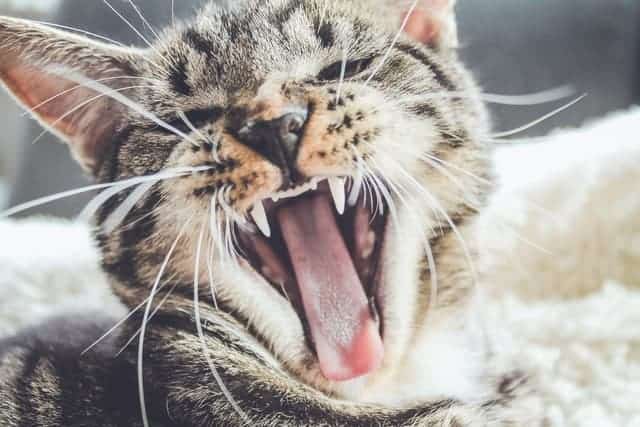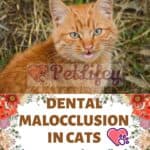
Cavities, tooth decay and dental problems are very annoying for us humans but also for our cat they can be a problem. Causes and remedies.
Like us humans, our cat should also have regular checkups at the dentist. Only in this way is it possible to prevent all kinds of problems with his teeth, such as dental caries which can be very annoying for the cat. Caries and dental cavities deserve to be kept under control, as if not treated properly they can become very dangerous for our four-legged friends. So let’s find out how to recognize them, as well as what their causes are, and possible treatments.
How to recognize dental caries in cats
Cavities and cavities in cats are not exactly the same as those we humans can suffer from. There are various types, from small lesions to the destruction of the tooth.
They are in fact caused by the decay of the tooth around or below the gum line. It is a periodontal disease of cats.
The symptoms to watch out for in our cat are the following:
- Continuous bleeding around the mouth
- Blood stains between gum and tooth
- Vomiting containing unchewed food
- Bad breath (which gets worse all the time)
- Pieces of food fallen from the cat’s mouth
- The cat continues to touch its mouth
The cat knows how to hide its pain well, so it is not easy to understand that it has a toothache. Let’s pay attention to the symptoms, then.
One of the easiest symptoms of dental problems in your cat is bad breath, or halitosis.
Usually feline bad breath is accompanied by symptoms such as redness of the gums, tartar, excessive salivation.
The feeding of the cat is essential for the well-being of its teeth. Dry food, such as regular cat kibble or kibble, can prevent bad breath.
In fact, the very act of chopping and biting the kibble can keep the teeth cleaner, preventing the formation of tartar.
The causes of feline caries
The causes are not very clear to medical science. One aspect that appears to be present in any case is the accumulation of plaque and tartar.
Other possible causes can be:
- Leukemia
- Injuries to a tooth
- Eating problems (related to diet)
- Lack of regular cleaning
- Feline diabetes
But there may also be other hidden reasons behind cavities and dental cavities in our cat.
How to proceed with the treatment

If the vet, usually after an x-ray, confirms that there are signs of caries in your cat’s teeth, he will usually suggest an extraction.
Doctors, in fact, in the most serious cases recommend extracting the affected tooth, because it turns out to be the best course of action.
In less serious cases, however, a surgical cleaning carried out by a qualified veterinarian is recommended, together with anti-inflammatory drugs.
We always pay attention to follow the doctor’s instructions, because cats are allergic to some human drugs.
In any case, regardless of treatment and diagnosis, it is important to carry out regular checks to verify correct recovery.
Changes to the cat’s diet, more frequent teeth cleaning, or in some cases even home care may also be required.






